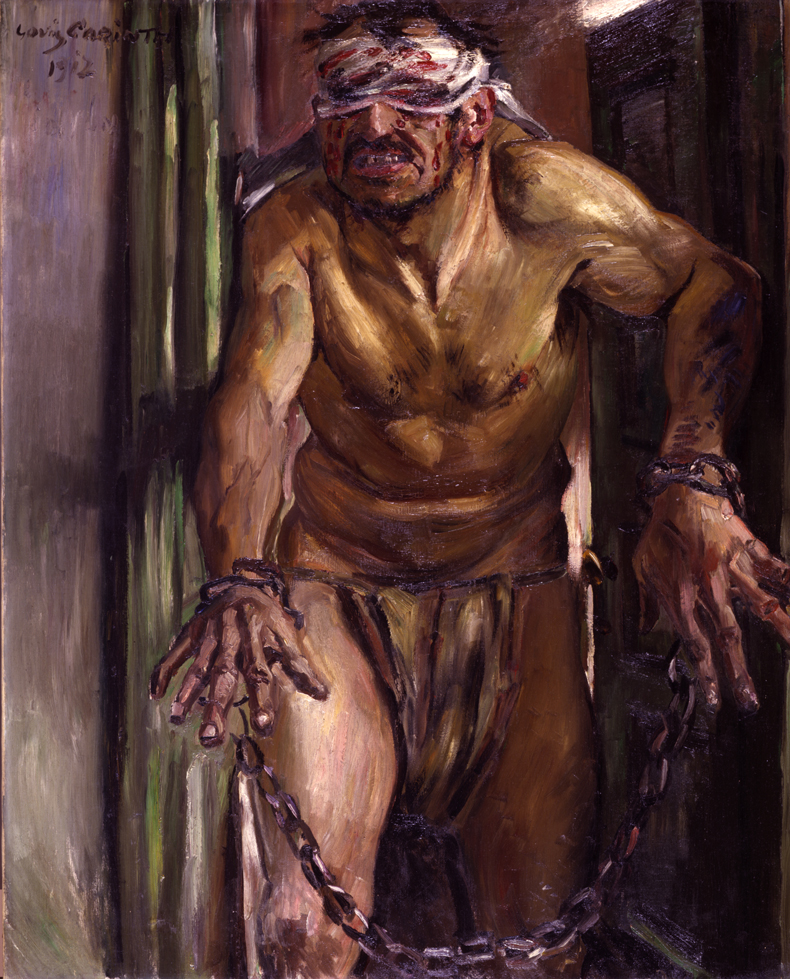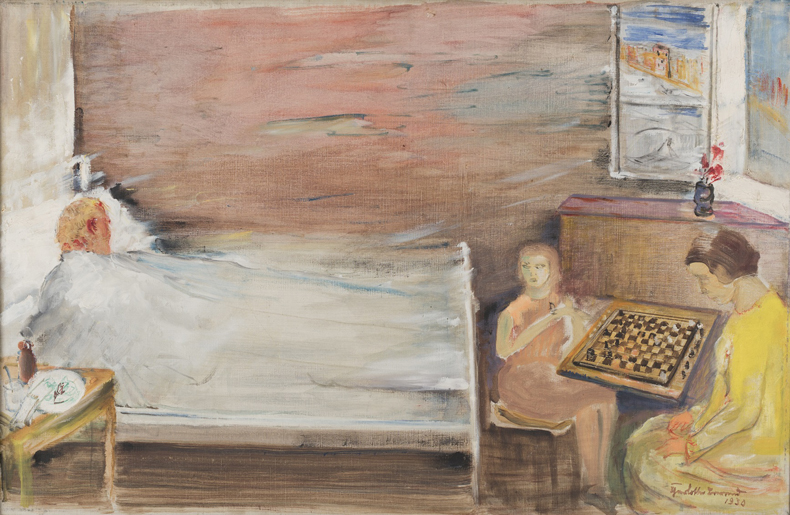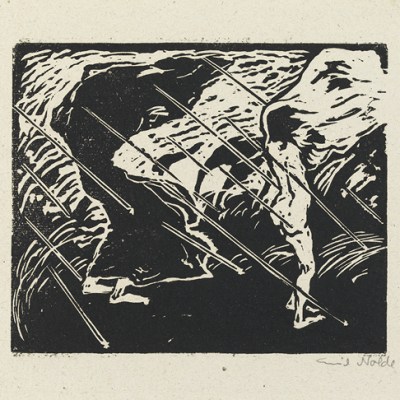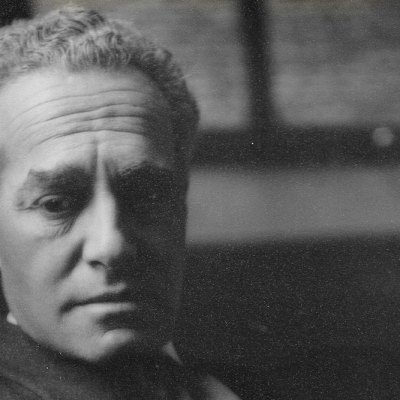The painter and printmaker Lovis Corinth (1858–1925) achieved an unusual synthesis in his art, bridging Impressionism and Expressionism with his loose, energetic brushwork. Equally confident in painting landscapes, portraits and biblical scenes, Corinth initially rejected the Expressionist label, but, after suffering a stroke in 1911, he began to incorporate bolder colours, exaggerated forms and a technique that seems frenetic compared to the stately naturalism of his early portraits. To mark the centenary of his death, the Alte Nationalgalerie is putting on an exhibition of paintings by Corinth and his wife, Charlotte Berend-Corinth, examining the various ways in which these works entered the museum’s collection (18 July–2 November). Their accession was often circuitous, especially those works that were removed from the collection by the Nazis in the late 1930s on the grounds of their ‘degeneracy’ before later being returned.
Find out more from the Alte Nationalgalerie’s website.
Preview below | View Apollo’s Art Diary






